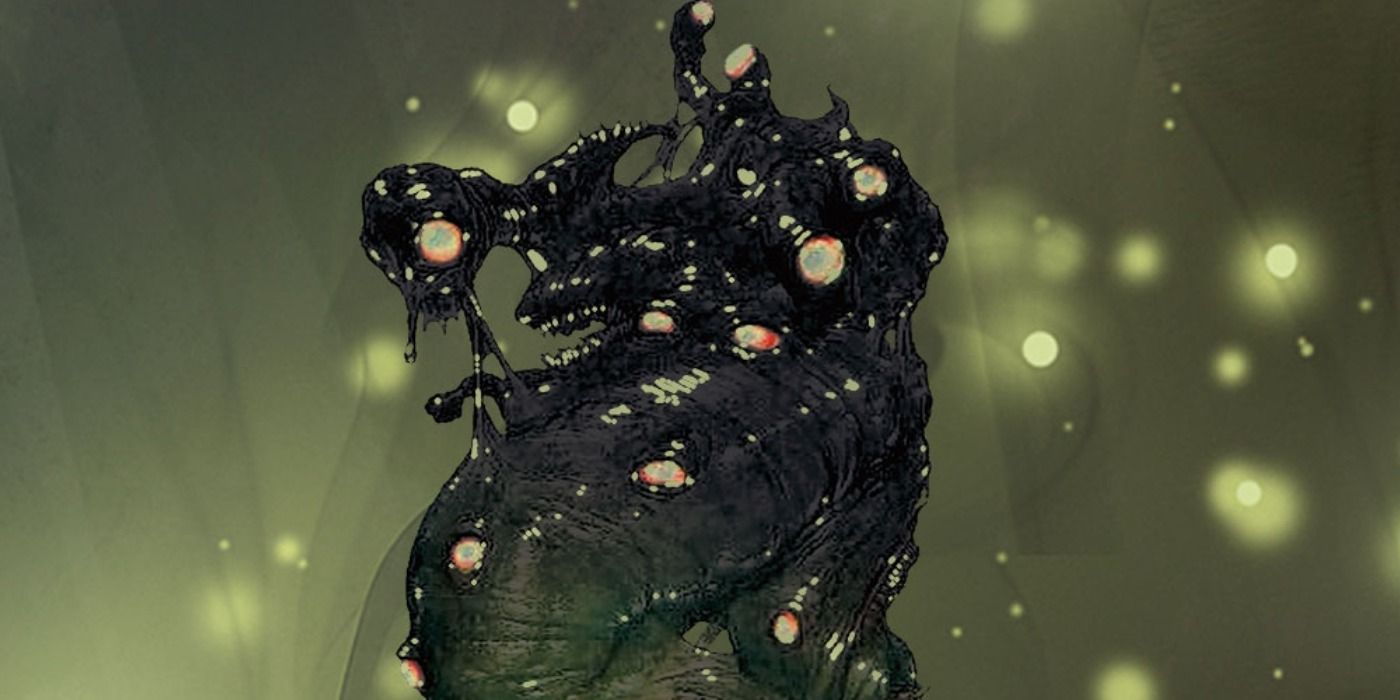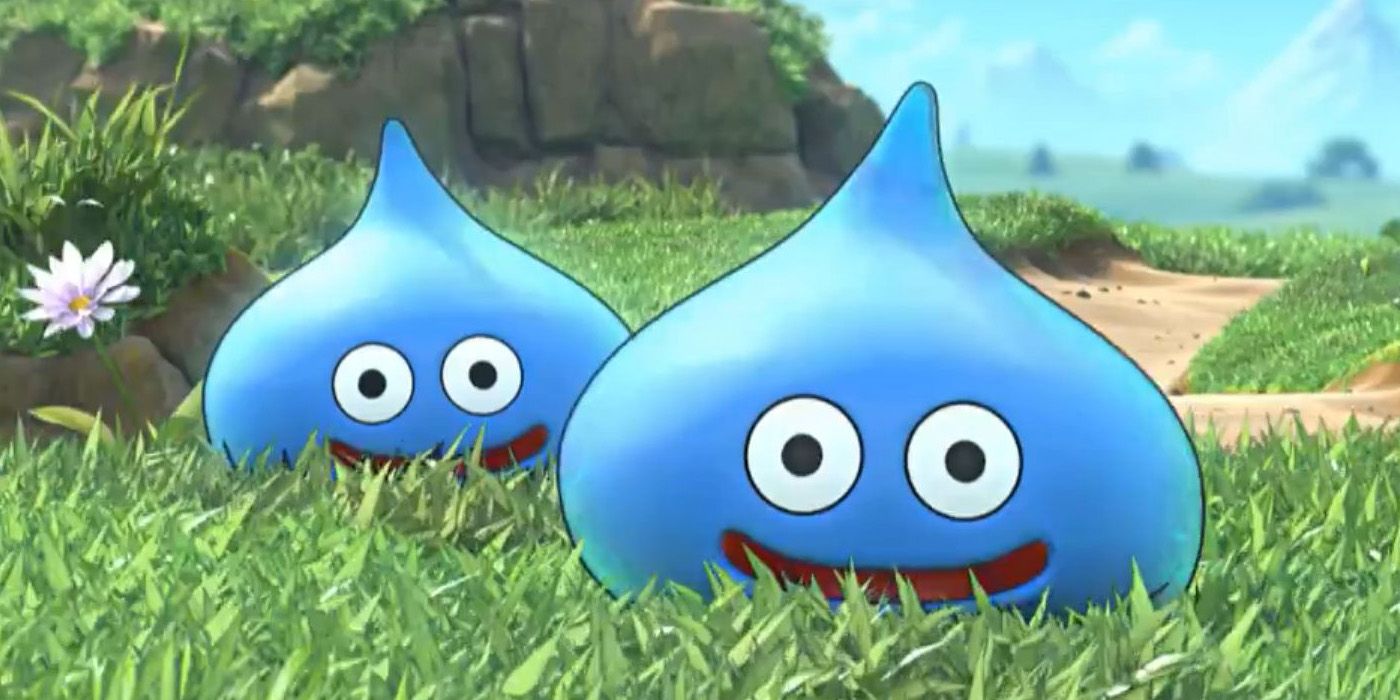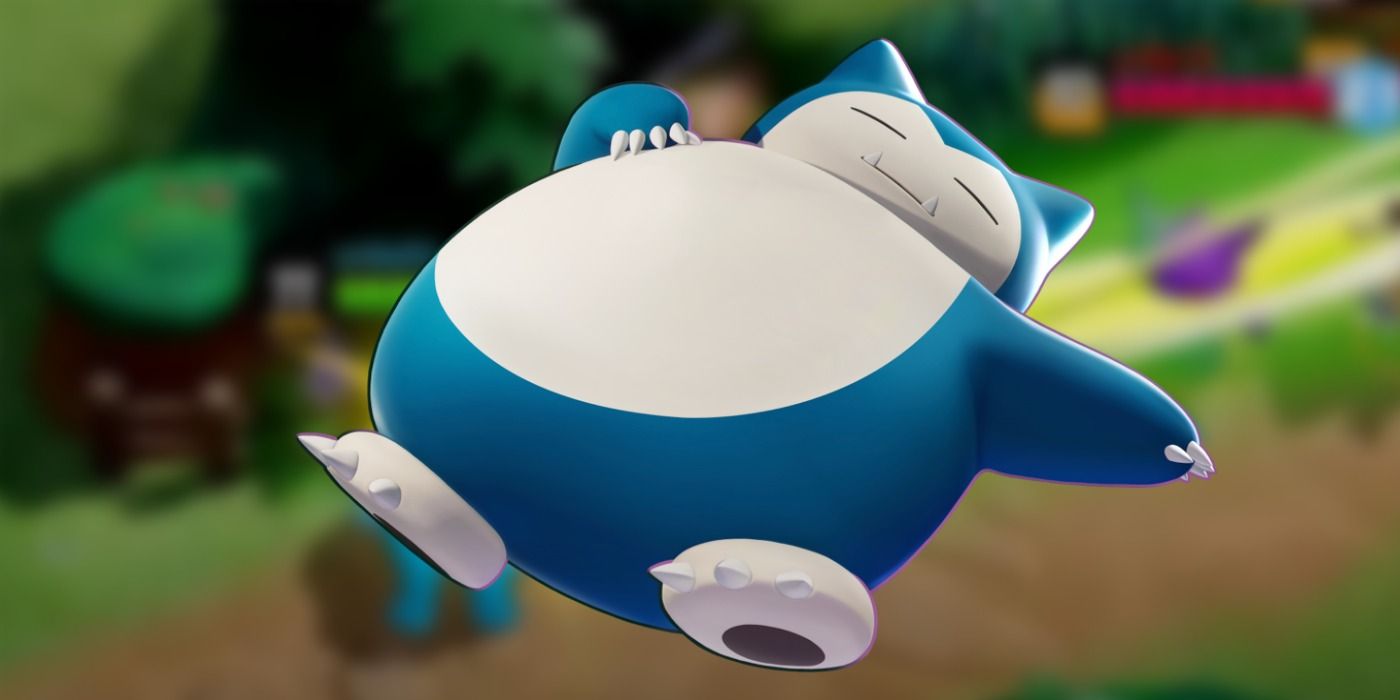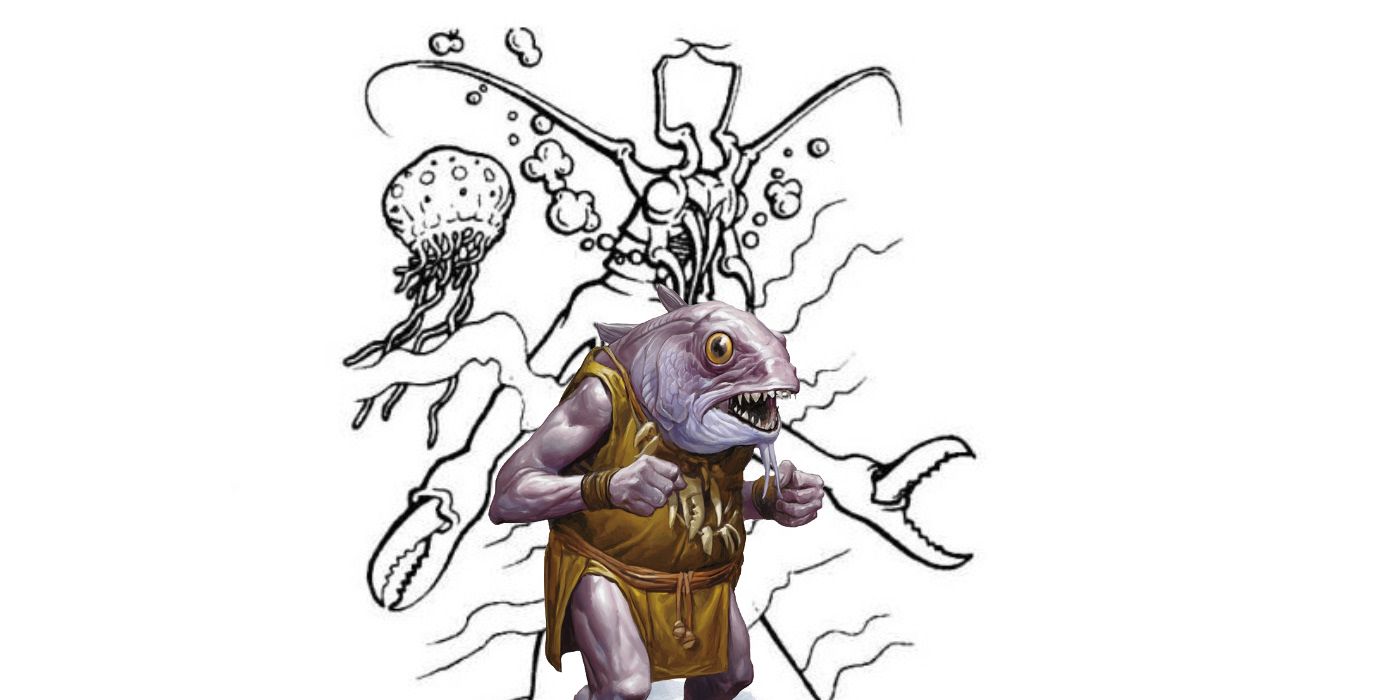Cleric Domains are a central part of their power set in Dungeons & Dragons, yet some of the Domains in the older editions of the game were strange and would be hard to integrate into a game. The cleric Domains in 5e are powerful compared to the ones in 3e, but that's due to a major shift in how the class works as a whole. In 5e, a cleric player chooses their Domain at level one and it grants the character new powers at level 2, level 6, level 8, and level 17.
In D&D 3e, a cleric player selected two Domains at level one. This granted them access to two powers that were associated with those Domains and added a spell from each Domain to their list. The cleric could use their Spontaneous Casting class feature to burn a prepared spell slot to cast one of their Domain spells. This meant a cleric received most of their Domain benefits at level one and gained some spells to their lists. The Domains are a lot more important to their class progression in 5e, which is why they are a lot stronger, and why more care has gone into their design.
The fact that cleric Domains were relatively easy to design in 3e meant that many additional ones were released in sourcebooks. D&D 3e had many sourcebooks during its run compared to 5e, which means that there are far more Domains available in the older edition. This isn't necessarily a good thing, as there are some strange cleric Domains in 3e that would be awkward to use in the current version of D&D.
The Slime Domain Is For Those Who Wish To Wield The Power Of Ooze
The monster races in D&D have their own deities, such as Tiamat for the chromatic dragons, Gruumsh for the orcs, and Maglubiyet for the goblins. It might seem odd for creatures with no sentience to have their own patron deity, but that is the case in the Forgotten Realms, as the oozes and slimes of the multiverse have a god of their own, in the form of Ghaunadaur. The worshipers of Ghaunadaur (as well as the Demon Lord Juiblex of the Abyss, whose prayers were stolen by Ghaunadaur) had access to the raw power of slime monsters.
The details of the Slime Domain were originally revealed in the 3e Forgotten Realms Campaign Setting. There are some humanoids who are demented enough to worship Ghaunadaur or Juiblex, even though slime monsters are among some of the weakest D&D creatures in the game, and they're mostly known for slowly dissolving foes in their mass. Those rare clerics who do take on the Slime Domain gain the ability to turn oozes in the same manner as undead, as well as gain access to the grease, Melf's acid arrow, poison, rusting grasp, Evard's black tentacles, transmute rock to mud, destruction, power word blind, and implosion spells.
The Sloth Domain Is For The Lazy Clerics Who Can't Get Out Of Bed
Dragon Magazine once featured an article that turned the seven deadly sins from the Bible as cleric Domains. These were later reprinted in the Spell Compendium, turning them into official D&D material. There are some seven deadly sins that are suited for D&D characters, especially those of an evil alignment. It's easy to imagine a cleric of Waukeen with the Greed Domain, a cleric of Tempus with the Wrath Domain, or a cleric of Sune with the Lust Domain. These clerics could represent the ideological extremes of these gods' portfolios, such as the unchecked avarice of a merchant, a warrior obsessed with inflicting harm, and a priestess of the love goddess who only focuses on physical attraction.
There's one sin that really doesn't fit as a cleric Domain and that's Sloth. A cleric of the Sloth Domain is lazy and loves to relax, which means that they aren't the type of D&D character who would become an adventurer. They're just as unlikely to become villains with evil plans that need foiling. The Sloth Domain clerics love idleness in all of its forms, which would make them boring characters in a fantasy adventure. There are some benefits to becoming a Sloth Domain cleric, as they take no penalties while being attacked while prone, and gain access to the touch of fatigue, unseen servant, deep slumber, slow, symbol of sleep, waves of fatigue, shadow walk, waves of exhaustion, and astral projection spells.
The Watery Death Domain Is For Clerics Who Rely Enjoy Making People Drown
There are gods in the D&D multiverse whose portfolio focuses on death and murder. The most famous of these is likely Bhaal, the god of Murder from the Forgotten Realms, as the story of his own demise was the focal point of the original Baldur's Gate games. It should come as no surprise that there were cleric Domains based on Death, Destruction, War, and Vengeance, all of which dealt with the circumstances surrounding the demise of another. These Domains were taken by people of all alignments, as the concepts are broad enough to be aimed at whoever the user felt like, without compromising their own beliefs.
One of the strangest choices for a death-themed cleric Domain was a highly-specific form of killing another. The Watery Death cleric Domain appeared in the Player's Guide to Faerun, where it was used by clerics of Umberlee and Blibdoolpoolp (the strangest D&D deity of them all). The clerics who specialize in the Watery Death domain love to kill others by drowning them, which is the main focus of their faith. The clerics who take the Watery Death Domain gain the ability to smite non-aquatic creatures, using their Wisdom bonus for the attack roll and their cleric level as a damage bonus.
They also gain access to the entangle, mark of the ocean, control water, rushing waters, dehydrate, drown, contagious fog, horrid wilting, and mass drown spells. The Watery Death Domain fits for some of the more wicked aquatic races in the Underdark, as many of them are undeniably evil and would relish drowning surface dwellers. It's just a shame that the Ironborn from Game of Thrones aren't part of Dungeons & Dragons, as it would suit them as well.




